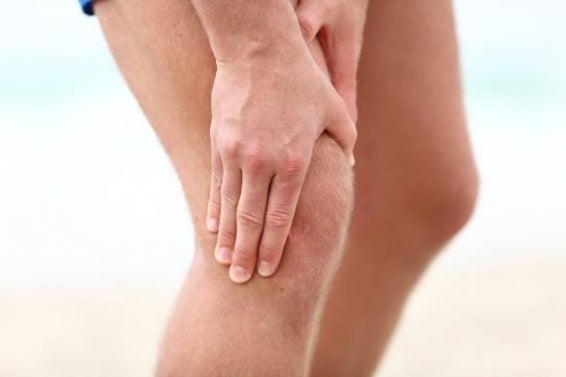View Providers
Finding the right treatment for your shoulder pain starts with finding the cause. Your shoulder joint has many parts. These include bursas, ligaments, tendons and muscles. It's a shallow joint that can move up, down and around. This makes for many possible painful conditions. For instance, pain can occur from an injury or because of wear and tear on the joint over time. Your shoulder can become unstable, which can be painful. Inflammation can cause shoulder pain. So can arthritis. Treatments can vary greatly. But, common options are rest, medication, physical therapy and surgery.
The First Step Toward Easing Your Pain
Having shoulder pain does not mean you need an operation. In fact, surgery is rarely the first treatment for shoulder pain. That's true even if you have a torn muscle or damaged ligaments or tendons. Ligaments are the cords that keep your shoulder bones together. Tendons connect shoulder muscles to bones. So, unless you have a very severe injury and cannot use your shoulder, take these steps to treat your shoulder pain:
- Rest. Avoid activity that puts stress on your shoulder and makes pain worse.
- Ice. Apply ice to your shoulder to reduce pain and swelling. You may need to do this several times a day.
- Elevation. Keep your shoulder above the level of your heart. This will help reduce swelling. You may need to sleep with your upper body propped up on pillows.
- Immobilization. The goal is to keep your shoulder from moving so it can rest. To make this happen, you may need to wear a shoulder sling.
- Medication. Taking an NSAID (nonsteroidal anti-inflammatory drug) can reduce pain and swelling. Over-the-counter NSAIDs can help or your doctor might prescribe a stronger version. Another option is to have a strong anti-inflammatory drug—a steroid—injected into your shoulder.
Following Up With Physical Therapy
Physical therapy—or PT—is often part of treatment for shoulder pain, no matter the cause. PT can be very helpful after your pain and swelling have started to improve. And, if you do have surgery, you may need PT to help you recover.
PT for shoulder pain may include:
- Education. An important part of physical therapy is learning how to use your shoulder safely. This can help you prevent further injury.
- Movement therapy. To help you get your shoulder moving, your therapist may start by moving your shoulder through its full range of motion. Once you can move your shoulder on your own, you can do these exercises at home.
- Pain management. Your physical therapist might use massage to improve blood flow and ice to reduce swelling. You may also get stimulation of your shoulder tissues to increase healing. The stimulation may come from sound waves or from electrical energy through your skin.
- Strengthening. With PT, you will start to regain range of motion. Then, your therapist will start you on exercises to strengthen your shoulder muscles.
When Your Pain Requires a Procedure
Some shoulder injuries won't get better without a procedure or surgery. For instance, you might have a broken shoulder with the bones out of place. Or, you might have a complete tear of a muscle, tendon or ligament. A shoulder that's popped out of the joint—or dislocated—also may need surgery. Surgery also may be the best answer if your shoulder pain has not improved after several months of treatment.
Surgery for shoulder pain usually involves repairing damaged tissues and putting the parts of the joint back together. This is called joint reconstruction.
Types of shoulder procedures include:
- Closed procedures. This type of procedure does not need an incision. Your surgeon may forcefully put your shoulder joint back in place or put broken bones back in place.
- Open surgery. Your surgeon will make a cut—or incision—over your shoulder and work through the incision to do the repair.
- Arthroscopic surgery. This type involves small incisions and a thin operating telescope with a tiny camera attached to it. Your surgeon will look at images from the camera on a TV screen while doing the surgery with special instruments.
The Bottom Line on Treating Shoulder Pain
There's more to consider. Options for treating shoulder pain also depend on your overall health. How active you want or need to be makes a difference, too. The best treatment for an athlete may be different from the best treatment for an older person who is less active. The answer? Work with your doctor to find the treatment that's right for you.





